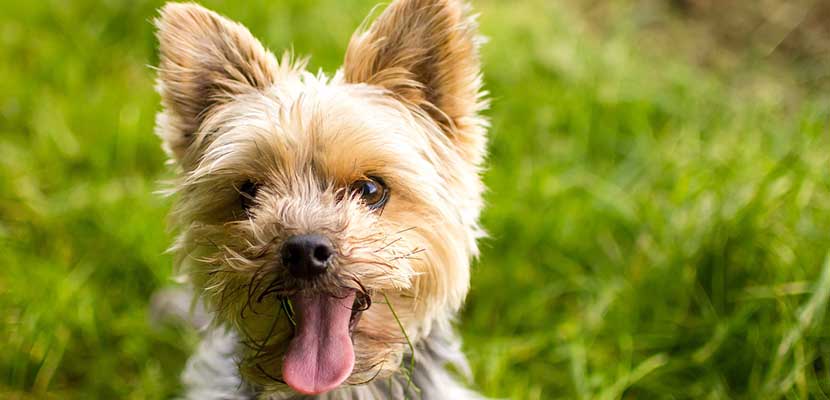
El Yorkshire Terrier It is one of the most famous breeds today. It is a dog that has become really popular as a companion dog and that is why we can see many in all cities. Being a small and playful dog, it adapts very well to urban environments, which is where it can be seen the most.
El Yorkshire Terrier emerged in the XNUMXth century of the mix of several Scottish and English terriers. The breed is born in the north of England and thanks to its qualities and its size we have been able to see it almost all over the world. Due to the growing population in cities with small flats, it is common for these breeds to be highly sought after, as they are the most suitable. We are going to know many more details about this interesting breed.
Breed history
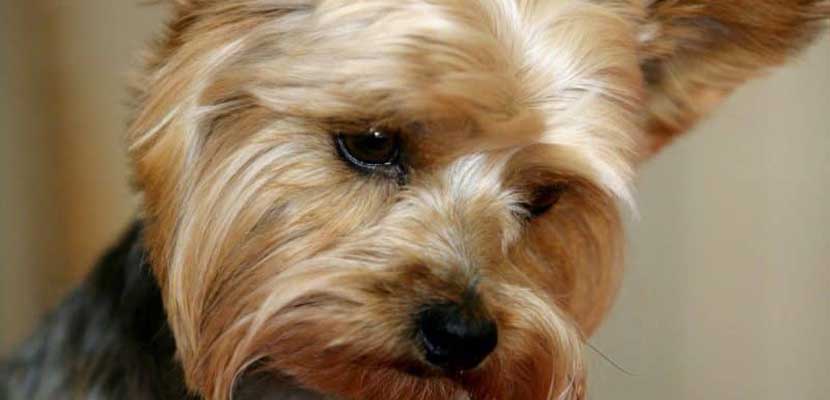
The Yorkshire Terrier is apparently born from the cross of Scottish and English Terrier dogs. When part of the Scottish population moves to the north of England in search of a better job, they take Terrier dogs with them, which end up being crossed with others in England. However, of the first crosses there are no reliable written and documented data.
Fame would come to him in 1865 with Huddesfield ben, a show dog that was portrayed by George Earl and defined as a great dog, so that everyone wanted one like that. In 1886 the Kennel Club recognized the breed as such, creating a unique status for it, since it was a companion dog and a breed that began to be a complement to the bourgeoisie. During the Victorian era this dog became very popular as a pet, being from the beginning a companion and show dog. During the twentieth century its popularity declined, reappearing towards the end of the century. At present it can be said that it is one of the best known companion dogs both in Europe and North America.
Physical characteristics
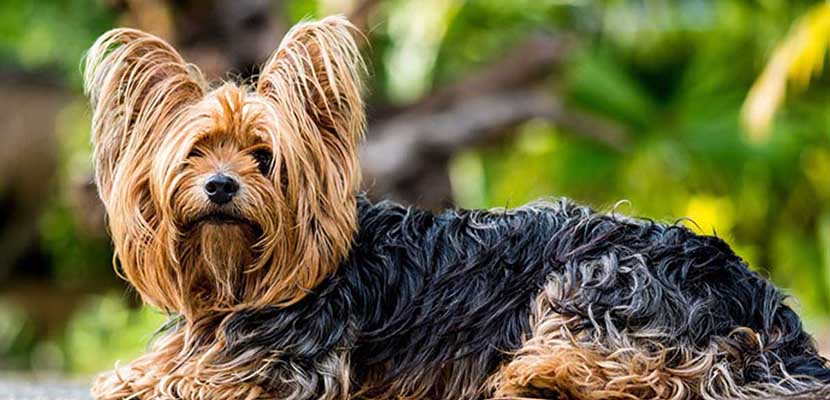
The Yorkshire stands out for being a small breed dog, weighing just over three kilos. The original dog could weigh up to seven kilos, but its selection and its use as a mere companion dog led to the smaller specimens being chosen. His hair is one of his main characteristics. Have a long, straight and silky hair, which should be brilliant. The coat should be dark gray to black from neck to tail. On the head, legs and chest the color is tan. This is the adult coat, because the puppy is born with black hair, with tan tones on the face and ears. They have a short, small snout and dark eyes. They are dogs that have a thin body and little muscle.
Keep in mind that dogs of this breed which are called Teacup or mini they are not recognized in the official standard. Although they have become popular in recent years for being very small, the truth is that this is due to genetic problems or premature birth, even poor nutrition during early childhood by breeders so that the dog does not grow as long as possible. that should. That is why buying and promoting the breeding of this type of dog should be avoided.
Character of the Yorkshire Terrier
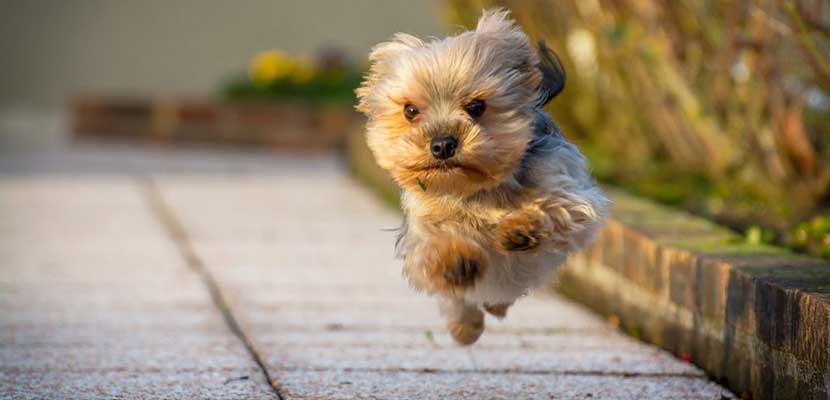
The Yorkshire Terrier is a dog that despite being small comes from the Terrier, energetic and characterful dogs. That is why it is a rather nervous animal that can easily show character. The problem with this type of dog is that with its size the owners do not take them seriously and do not usually correct them, so they develop a strong character that has not been controlled with discipline. The fear that they may be harmed by other dogs also causes them to be kept away from other pets, which does not help with their socialization.
These dogs should not be overprotected. It is very important that due to their character we give them discipline since childhood and also that we let them meet other pets. They enjoy company and are friendly, good-natured dogs that should not be distorted by poor socialization and upbringing.
Yorkshire Terrier care
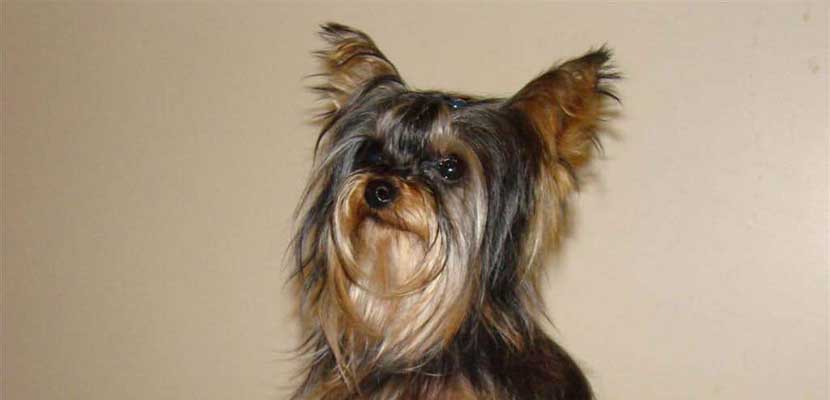
One of the things that you have to influence with the Yorkshire Terrier is in the care of their fur. The hair of the puppies is short, but as an adult the hair grows and is straight, with the part in the middle. It usually falls on the face so you have to comb it or take it to the dog groomer. On the head they usually put a bow or a buckle grabbing their hair, so that the eyes are clear. On the other hand, the hair on the back should be combed to avoid tangles, although it is not too abundant or tangled hair, since it is straight. A haircut from time to time is going to be necessary.
This dog has energy, although it is not very athletic, so it does not need long sports sessions. With perform walks daily and being able to socialize with other dogs outside the home will have more than enough. Much of his energy goes into playing with other dogs and with people, which is why he is a dog so appreciated by families.
Dog health

One of the problems with the popularity of this breed is that uncontrolled crosses have been made, with litters that have perpetuated genetic problems and diseases. It is a delicate dog that needs a good diet every day, with high quality to keep its coat shiny. Ensuring that the dog has a good pedigree and that it has not been crossed uncontrollably is very important to prevent these diseases from perpetuating.
Dogs with good pedigree are quite long-lived, can last from 15 to 18 years. However, the breed can develop some typical problems, such as bronchitis, cataracts, heart problems or dry keratitis. But with proper care it will be a dog that will accompany us in the family for many years. What do you think of this popular breed?